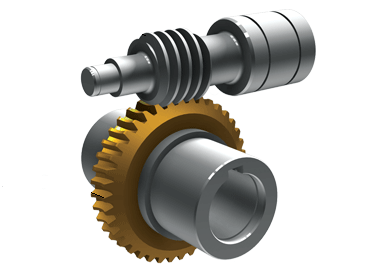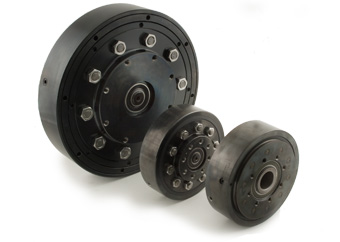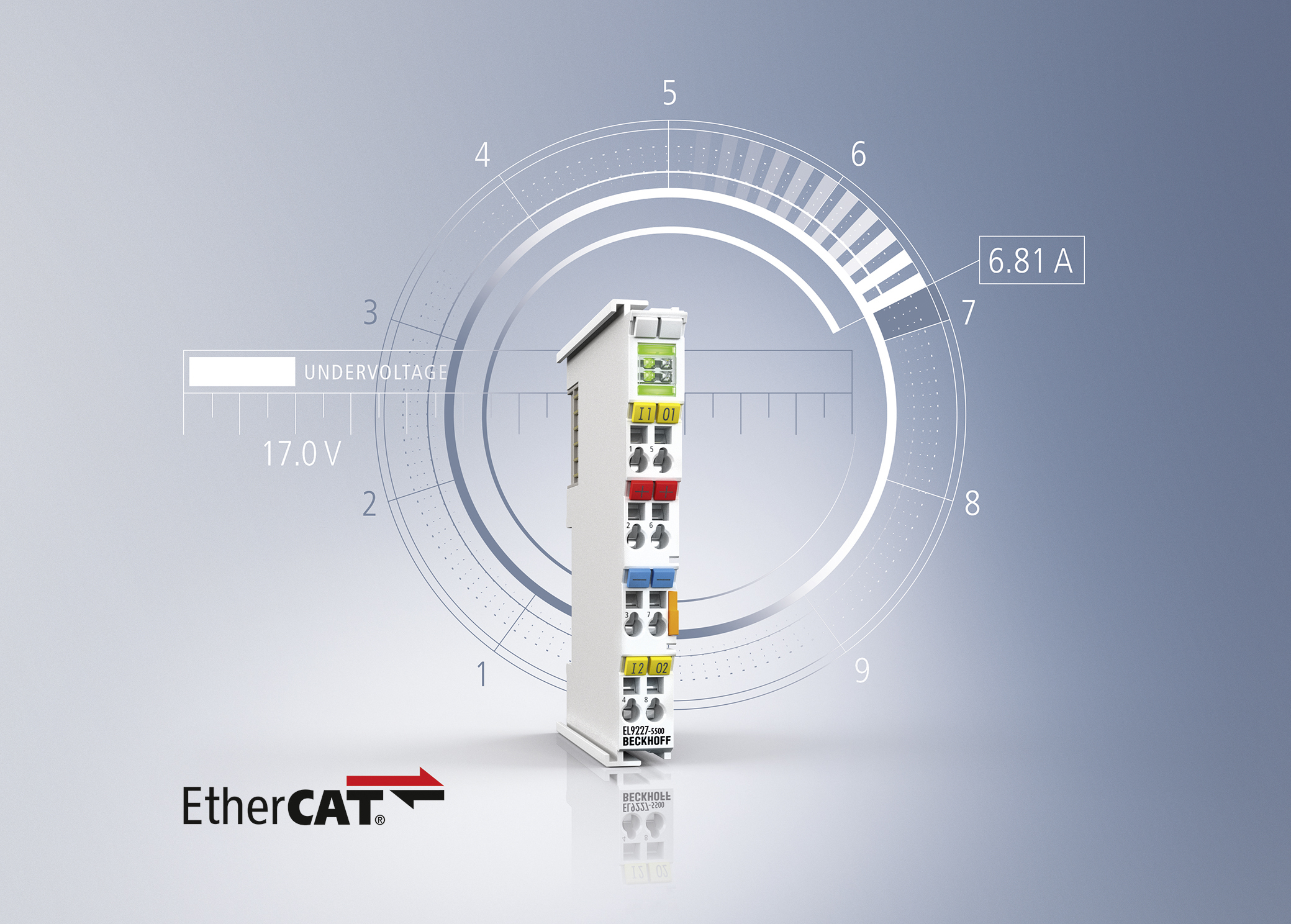Updated June 2022 ⚙️ Mechanical “lost motion” in the form of play, backlash, and friction complicate motion design. Mechanical systems have very defined properties which are easy to characterize. For example, the performance of a gearbox is well understood and usually very consistent over time. Because these components have been on the market for a long time, engineers can even characterize their wear and predict their performance in critical systems.
The gear industry in particular has done an excellent job of defining unique gear-material behaviors and how to optimize the manufacture of gear products.

Geared systems are designed around a curved sliding geometry called the involute spline shape for spur gears. These systems are cut using complex cutting and grinding tools which are required to produce the geometry. Accuracy in gear systems is measured in arc-minutes — 60ths of one degree of angle. The America Gear Manufacturing Association publishes standards for these systems … and in the case of industrial planetary gears, backlash error can be as low as 4 arc minutes. That’s really low backlash — but not zero.
As with all things motion control, there are some clever mechanical workarounds for the backlash problem. The double-enveloping worm gear was developed a few years back to eliminate backlash in the geometry of the worm and spur gear set. Traditionally worm and spur gear reducers have been the workhorse of industry, but the traditional geometry of these systems has been typically low efficiency and high backlash. So the emergence of high efficiency, low backlash worm and spur reducers offers high reduction ratio and low cost in a very compact package.

Some systems rely on “anti-backlash” mechanisms within the assembly to minimize lost motion. Split spur gears with springs that push the halves of the gear to either side of the load gear teeth are a common solution. In the lead screw industry similar solutions exist where the drive nut is composed of two segments that are spaced apart with a spring.
Modeling gears and related motion components
Mechanical systems such as gears are thought of as rigid bodies. But there is a whole class of systems which are torsionally compliant. Couplings between motors and loads are intentionally compliant to reduce shock to the load. Most importantly, torsional compliance needs to be considered as a form of lost motion. The loss of motion is temporary as the load inertia is accelerated. Once the system comes up to speed, the compliance goes away. One gear family of this type is cycloidal reducers.

Some manufacturers refer to their products as zero backlash based on its inclusion of a compliant mechanism. The most positive of these is the flex-spline-type reducer. These are made of very thin steel rings with splines on mating surfaces. The outer spline is rigid and the inner spline flexes with several teeth engaged on each side of the circle. They are very power dense and very precise. Because they are typically hollow, lightweight, and fairly stiff, flex-spline gearing is very popular in the robot industry. However, there is a little bit of flexure or spring behavior involved which (contrary to the vendor claims) is technically lost motion.
In fact, all cases where the mechanical system has torsional compliance — be it spring based or rolling element — compliance constitutes lost motion. Consider making a two-axis linear machine using mechanical solutions that are slightly compliant to draw a circle. The two axes load behaviors are out of phase with each other and the compliant nature of the axes will cause circularity error that cannot be controlled. As speed increases, the error will increase as well. So it’s worth remembering this — and that not all anti-backlash systems are created equal. ⚙️ Mechatronic Tips
You may also like:
Filed Under: Mechatronic Tips








